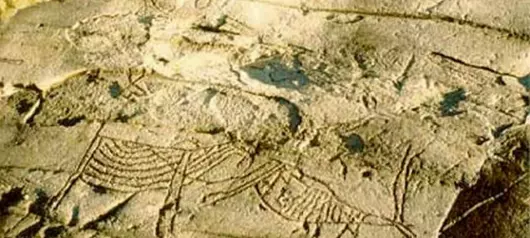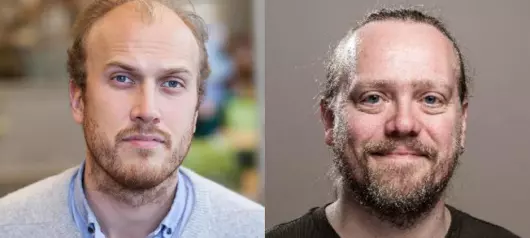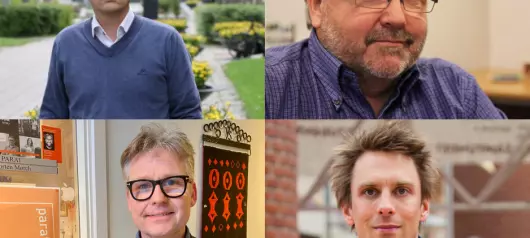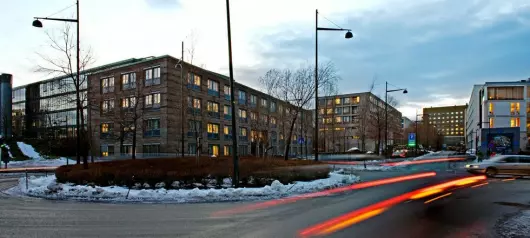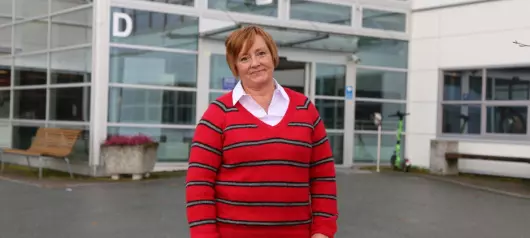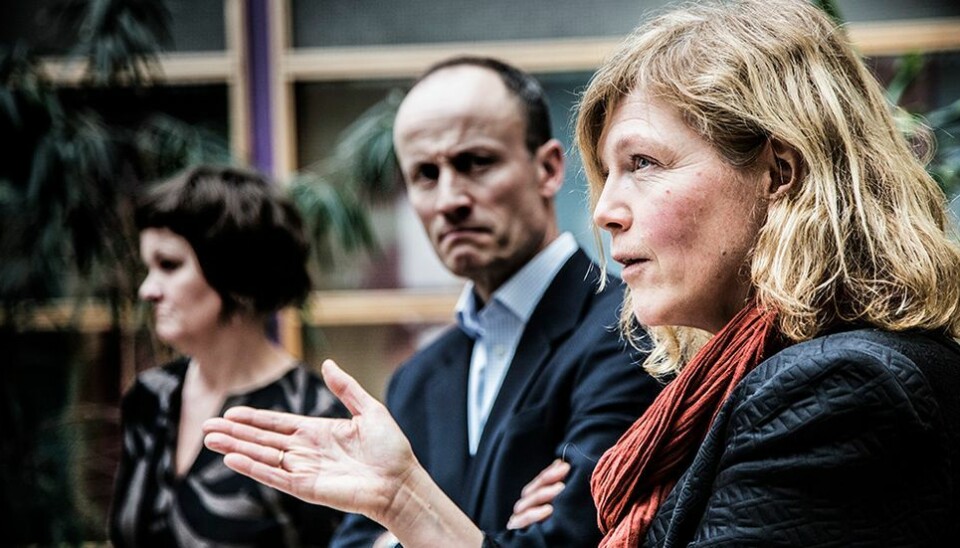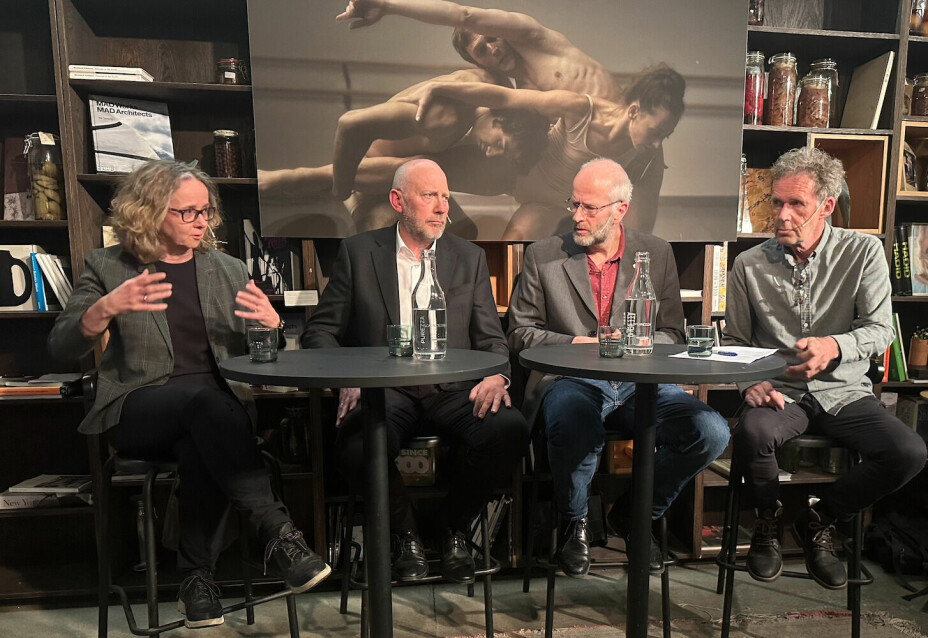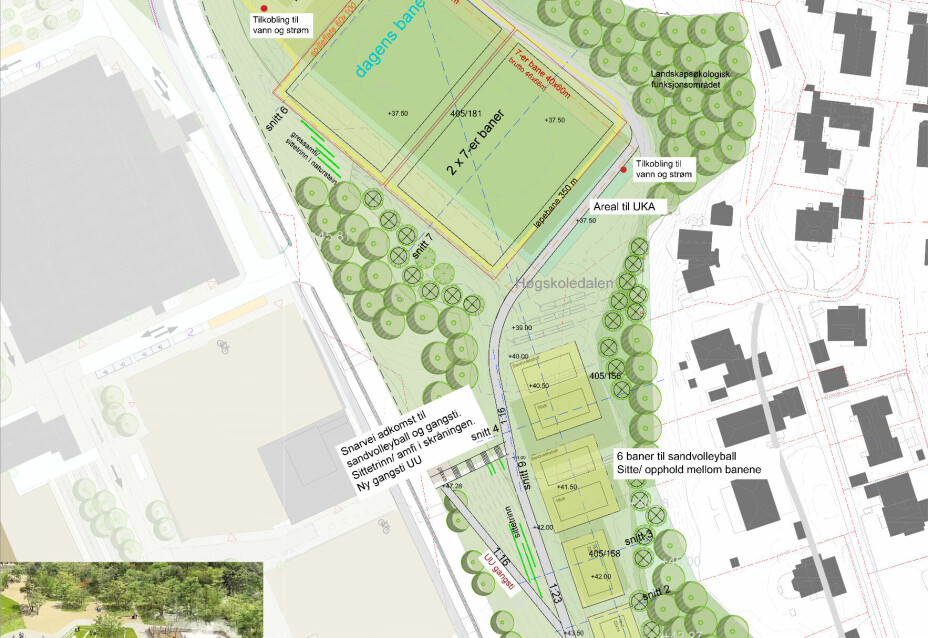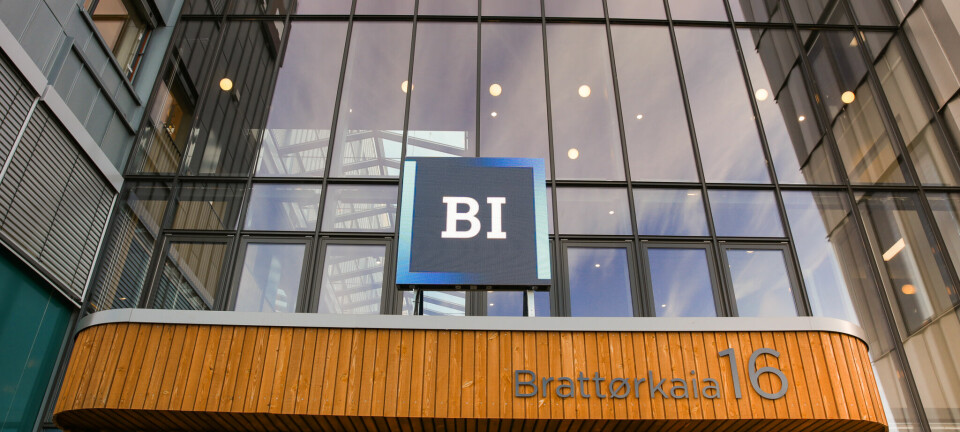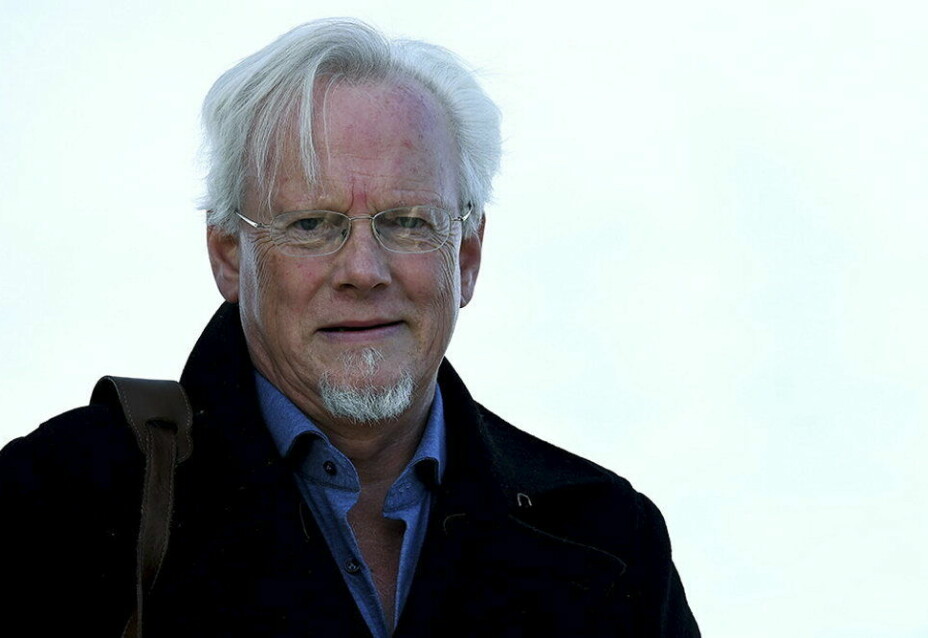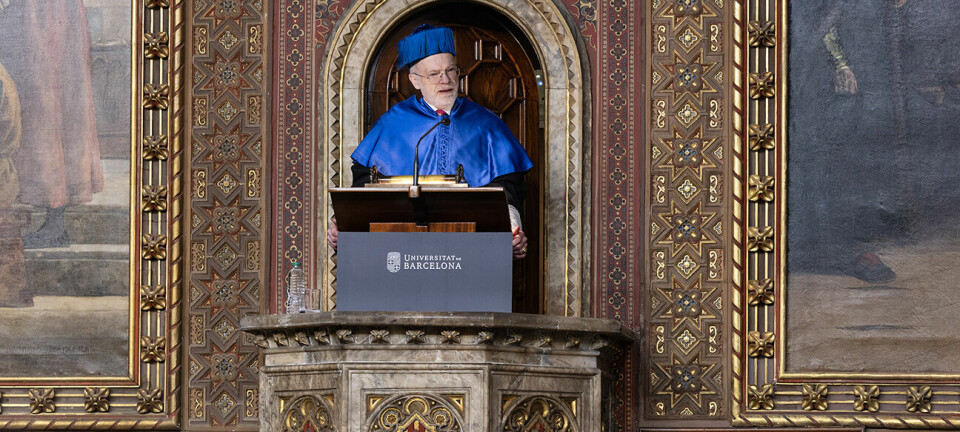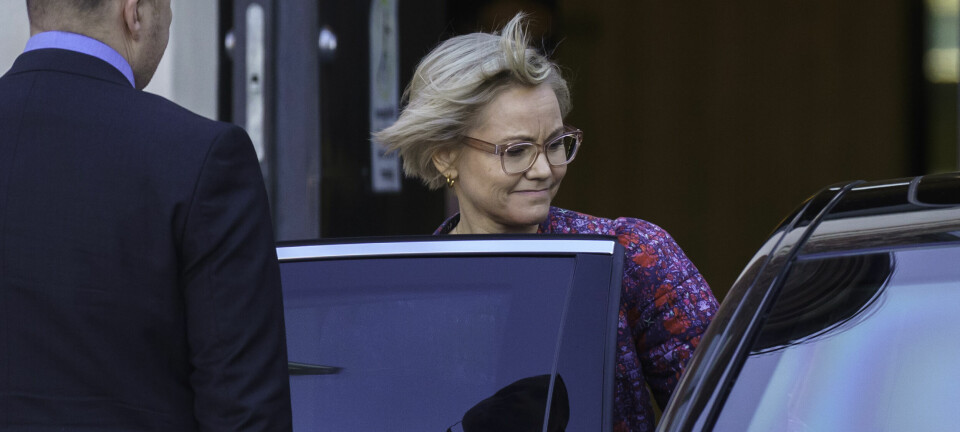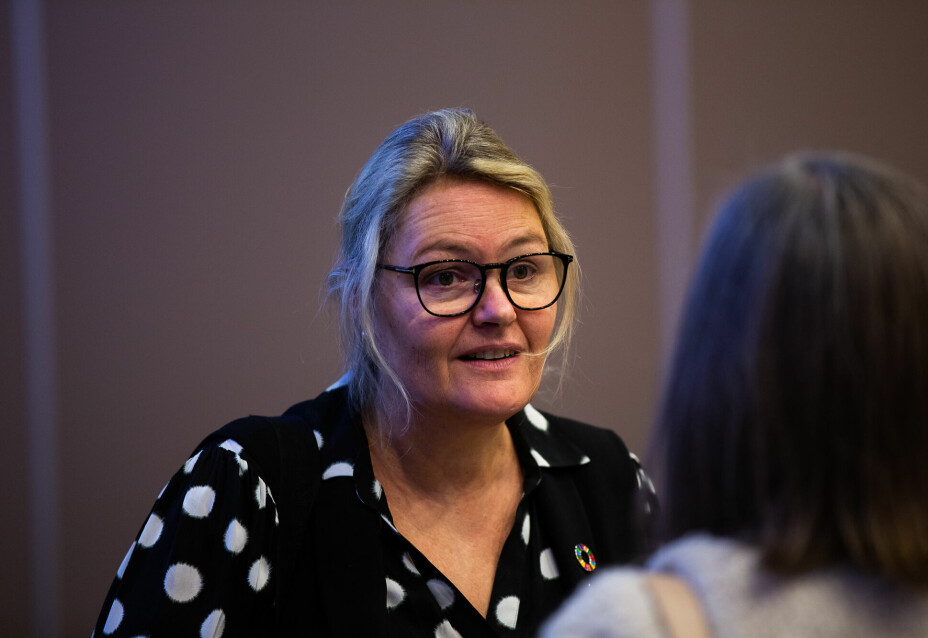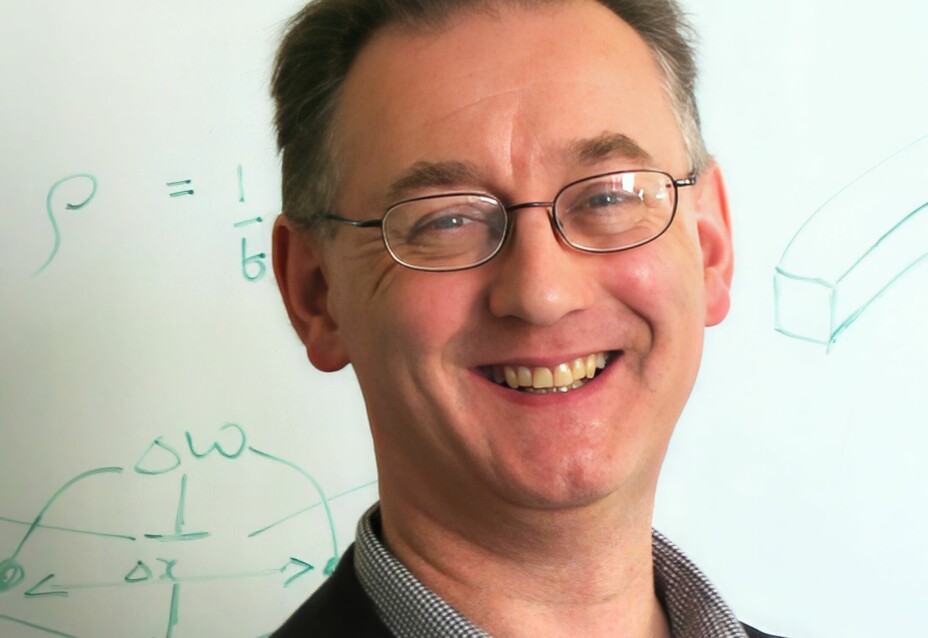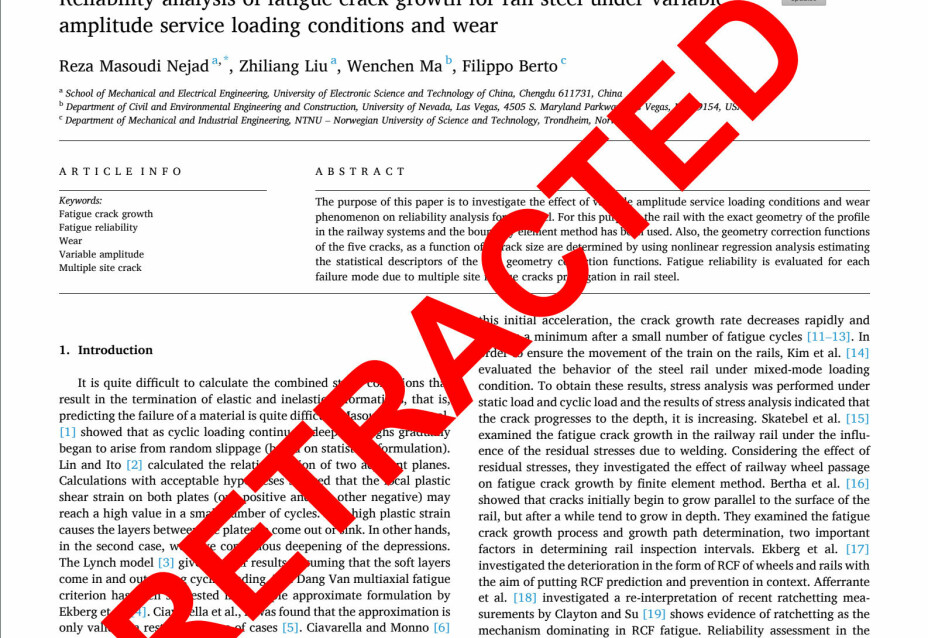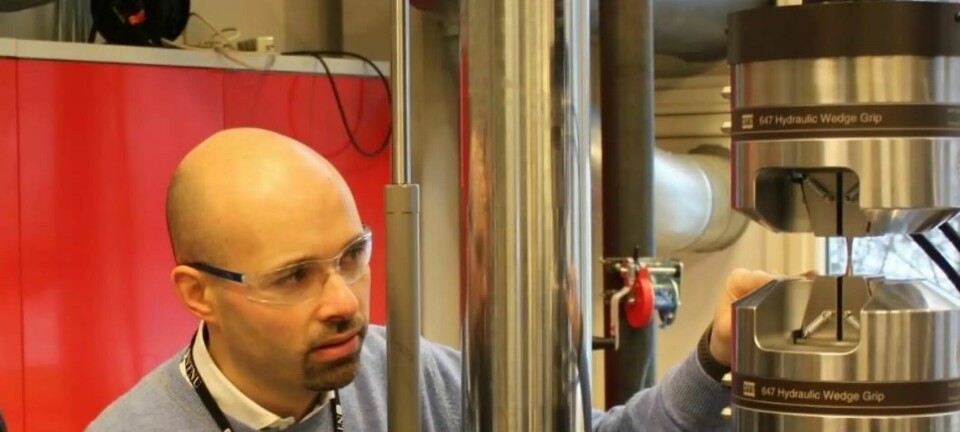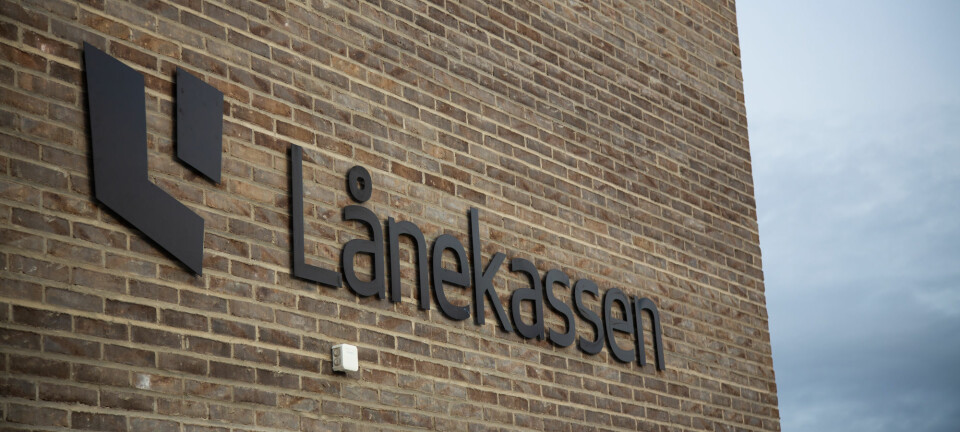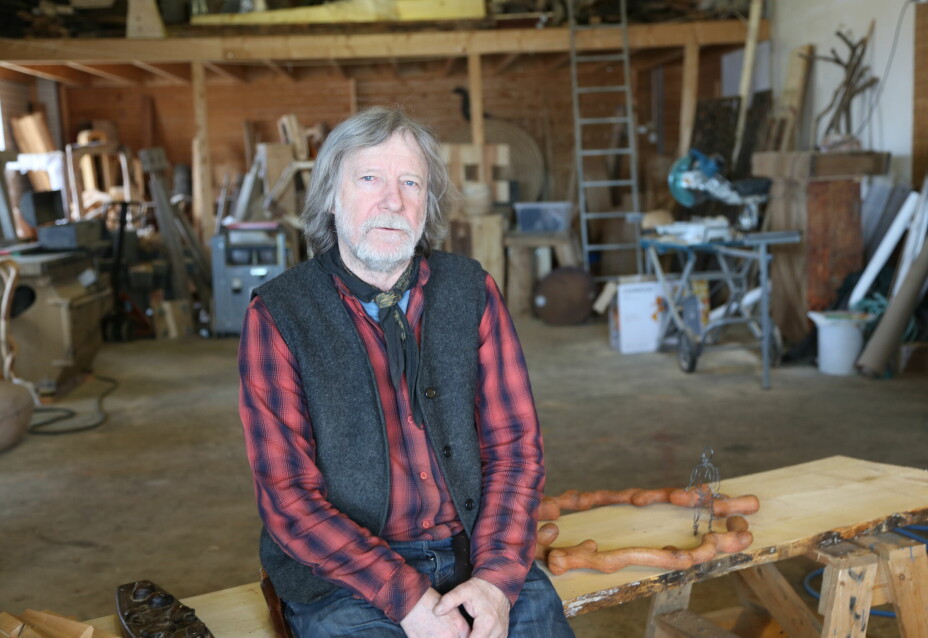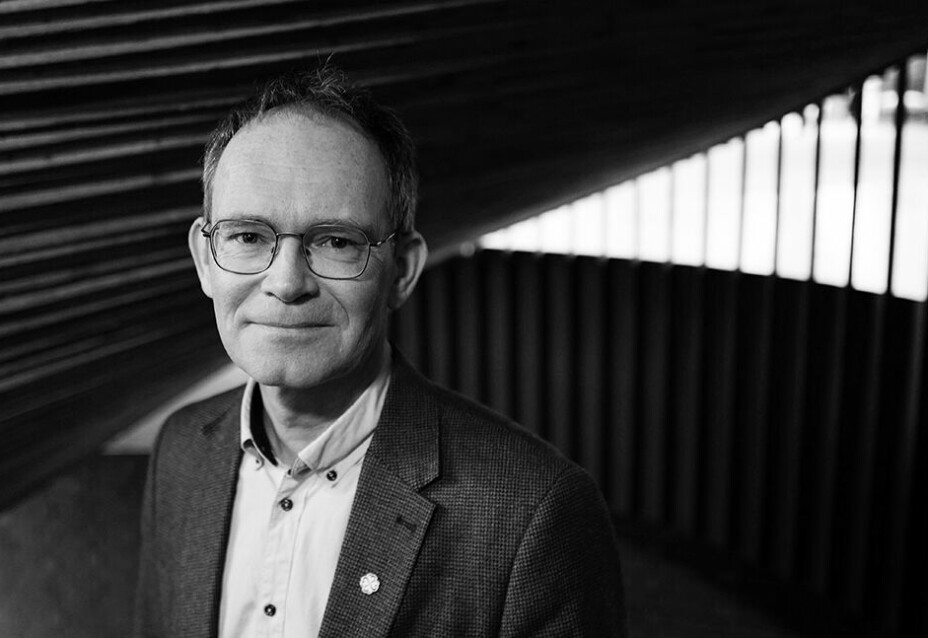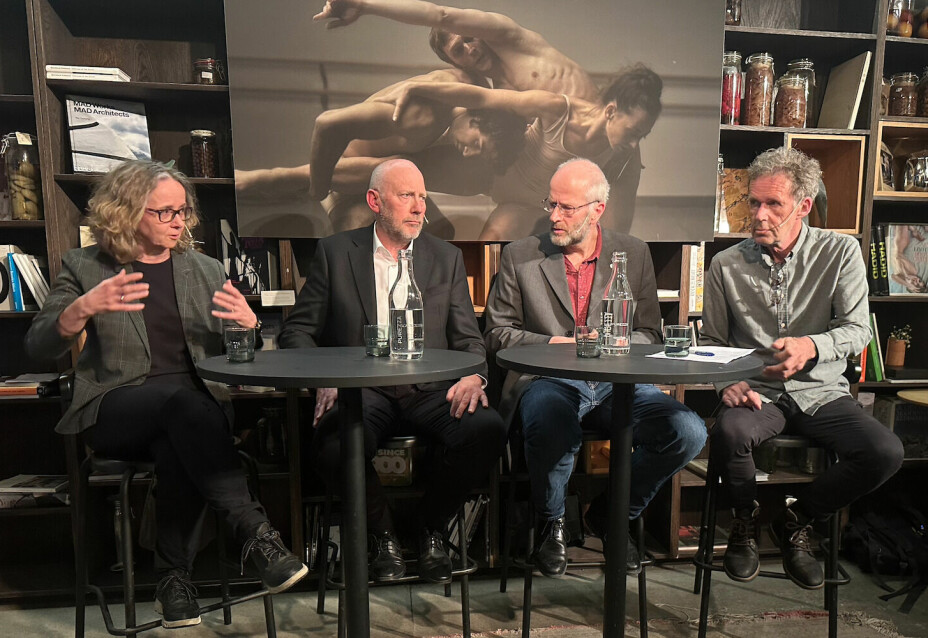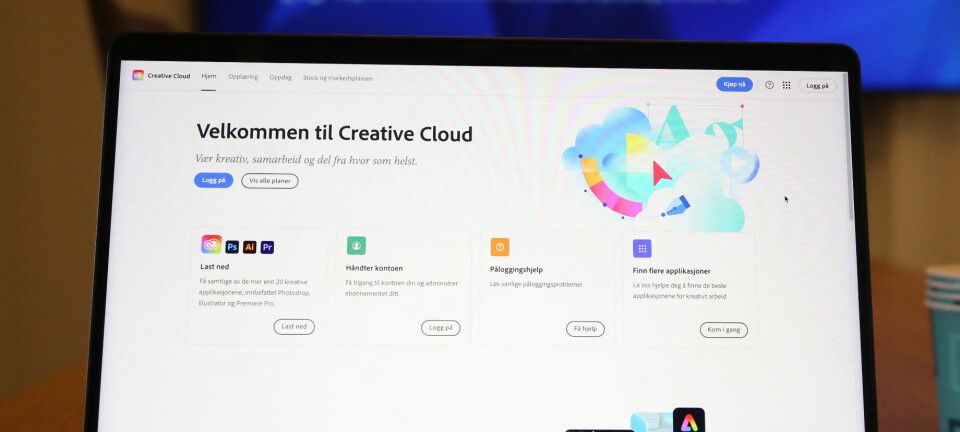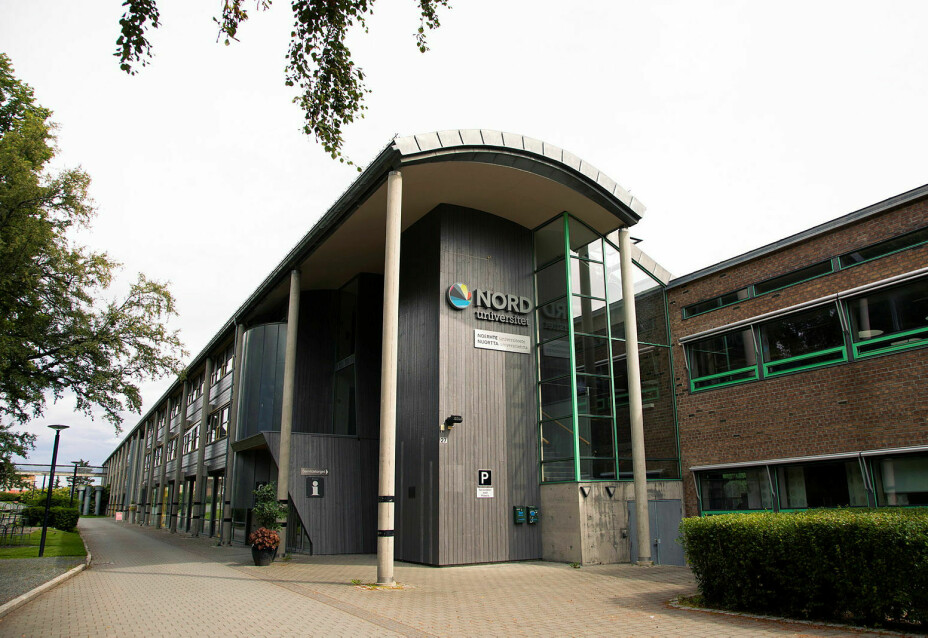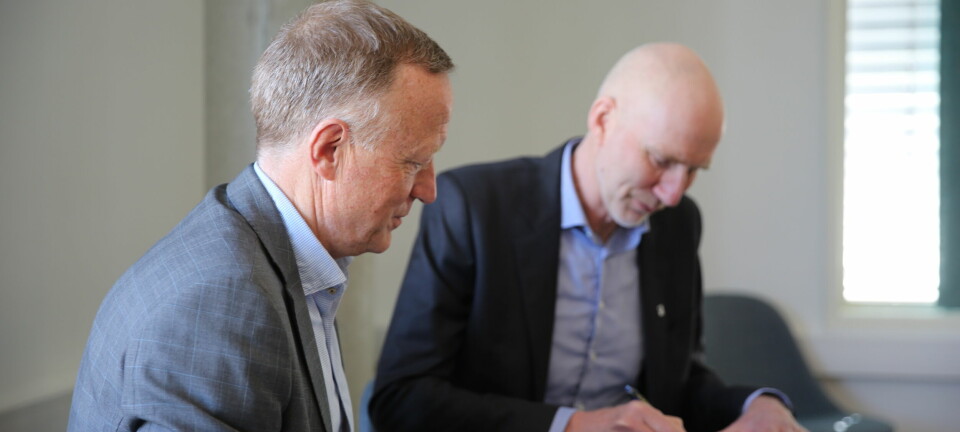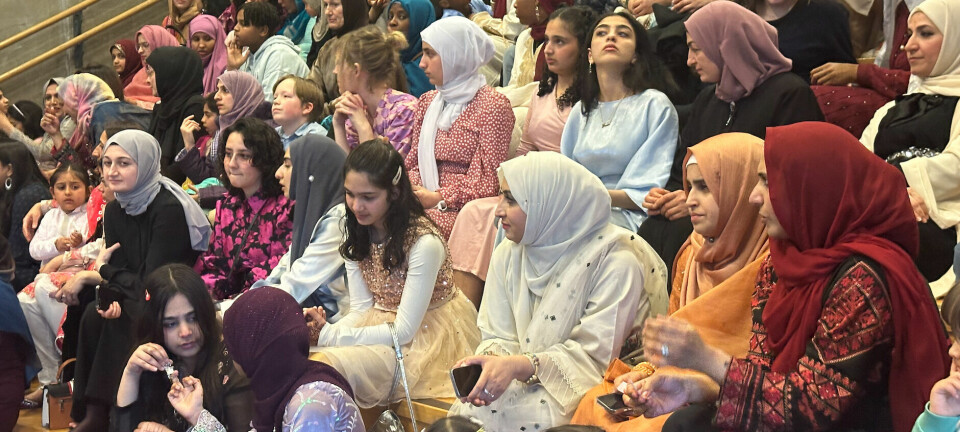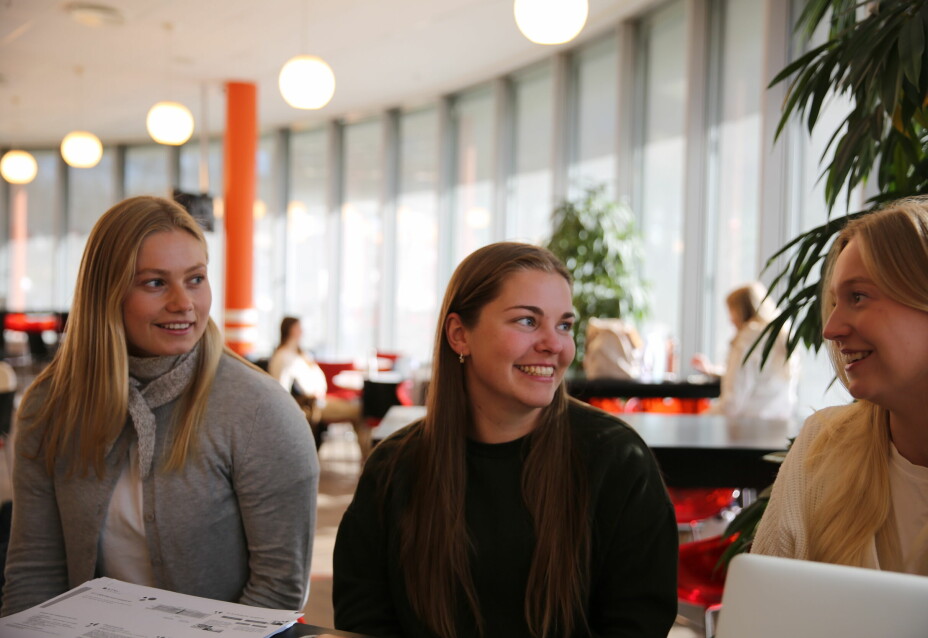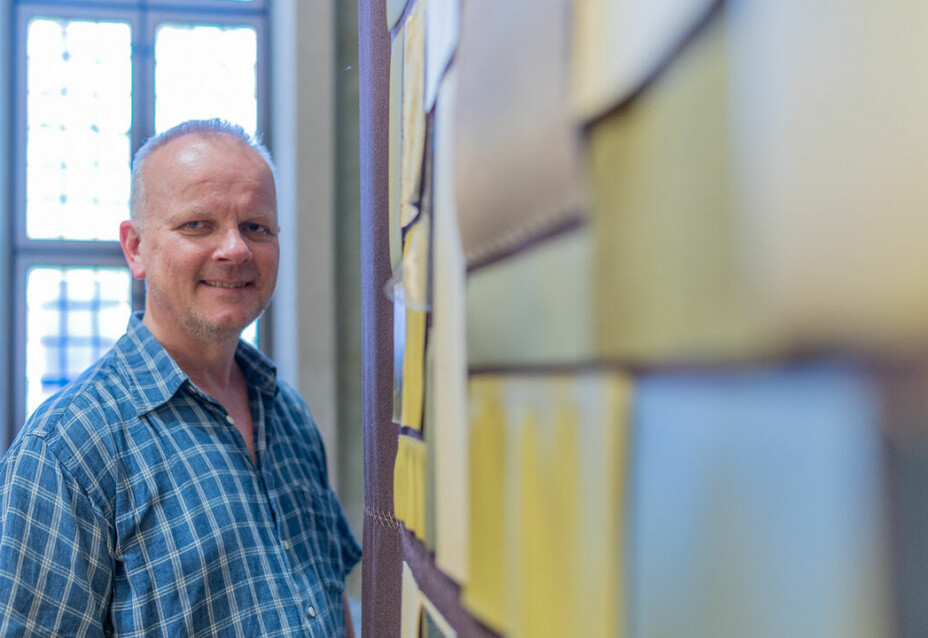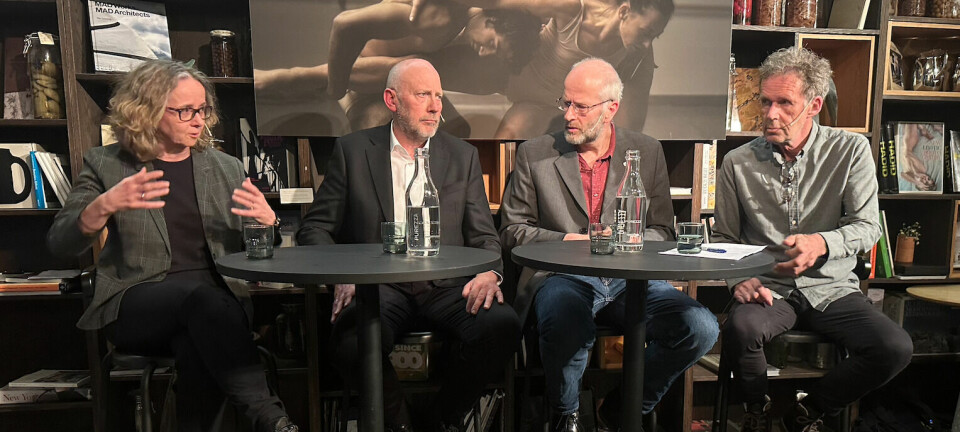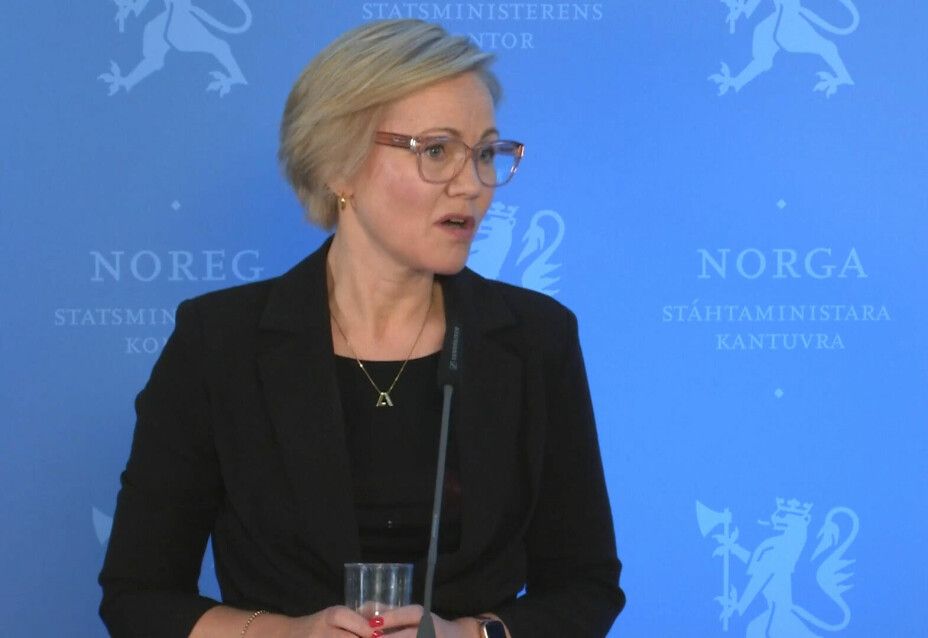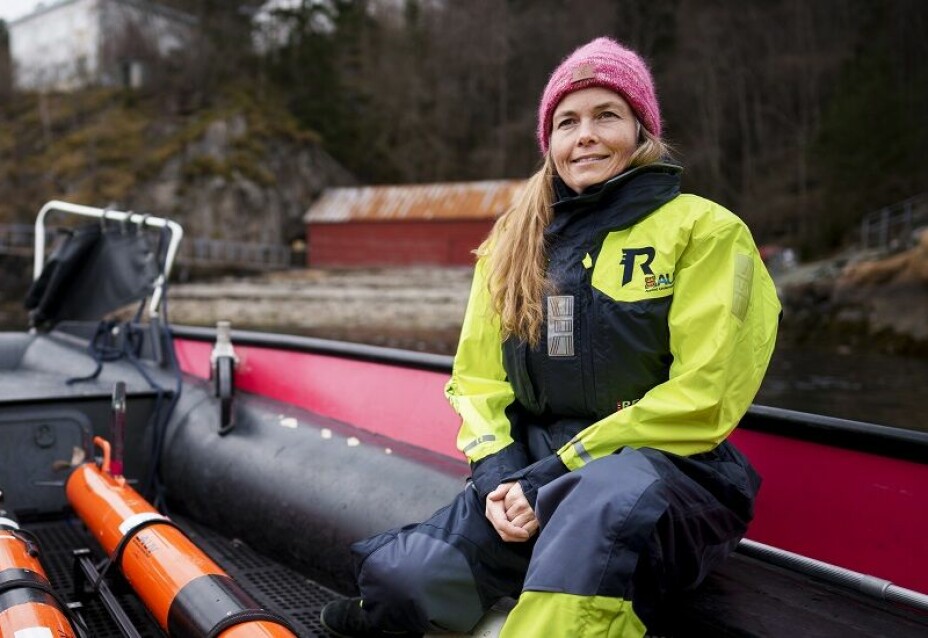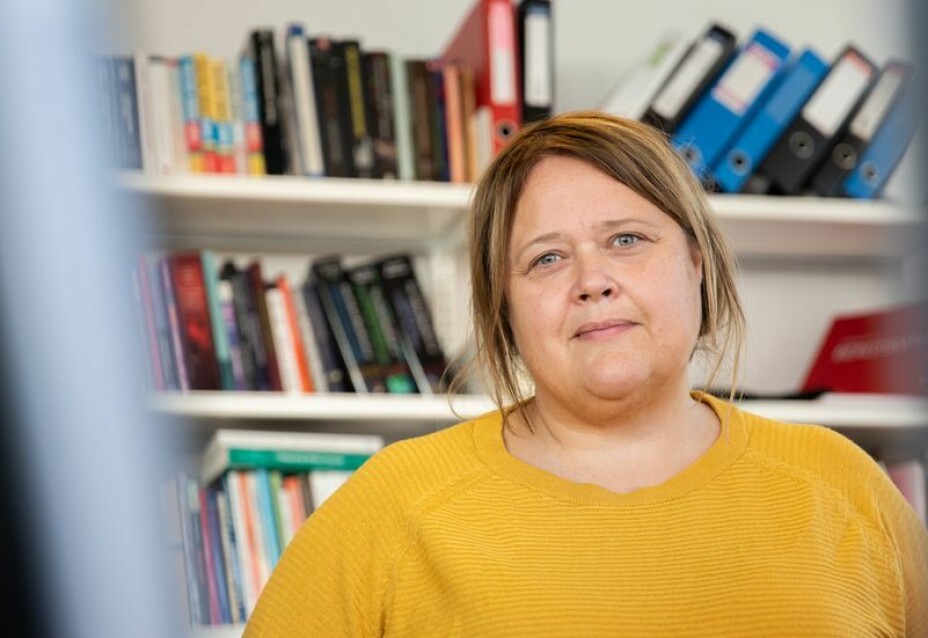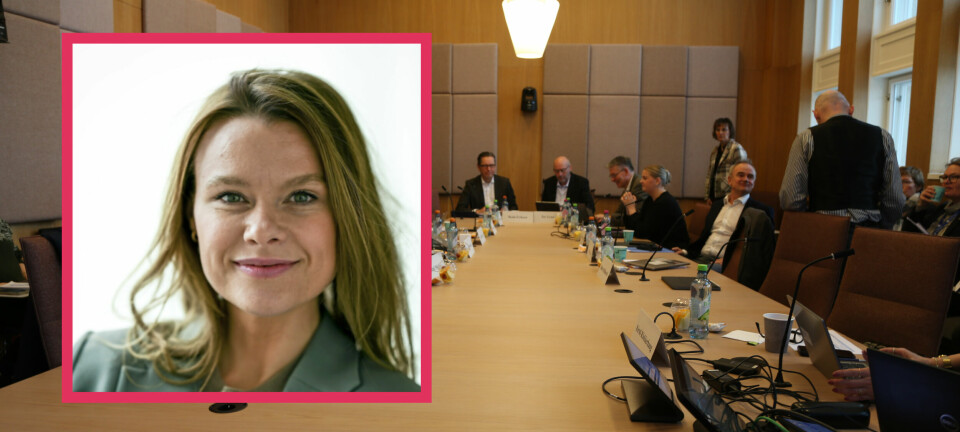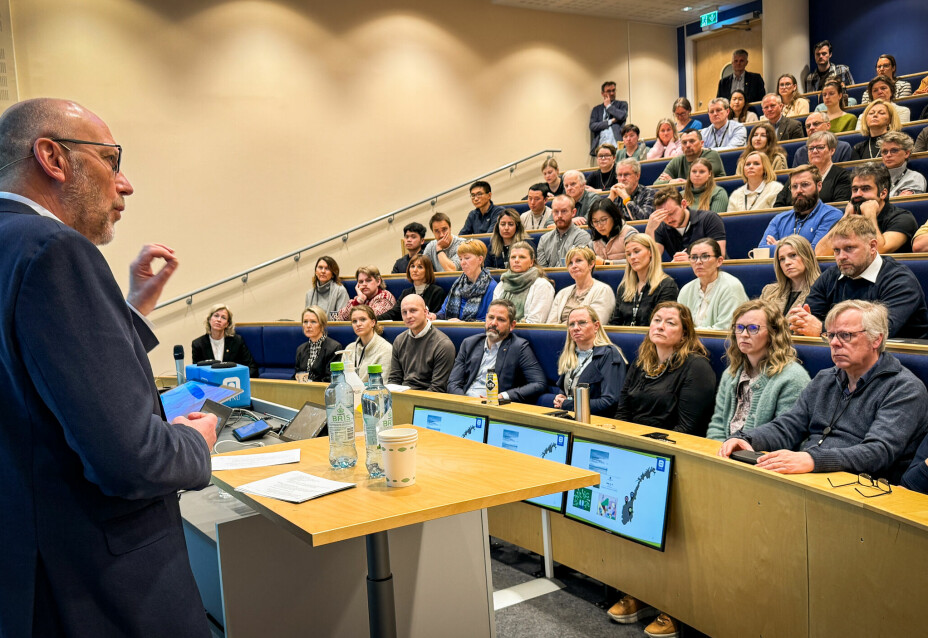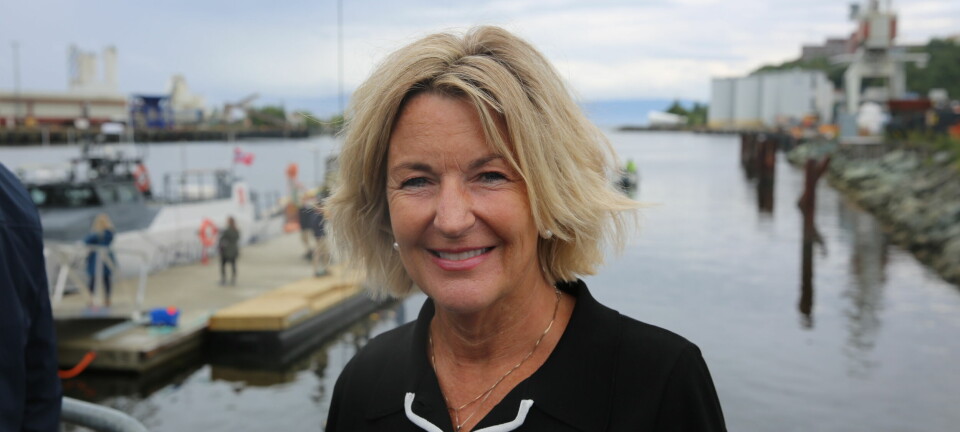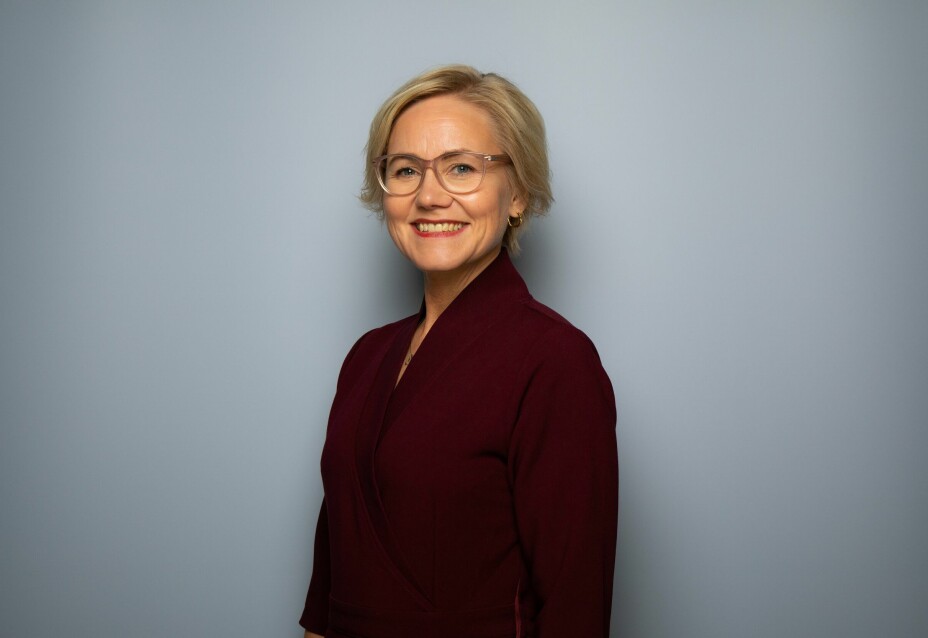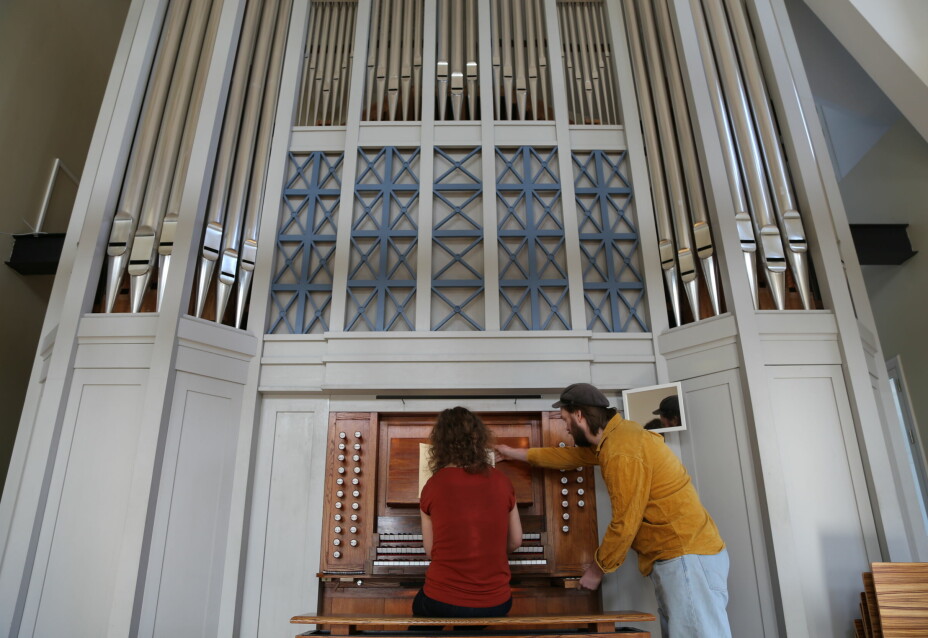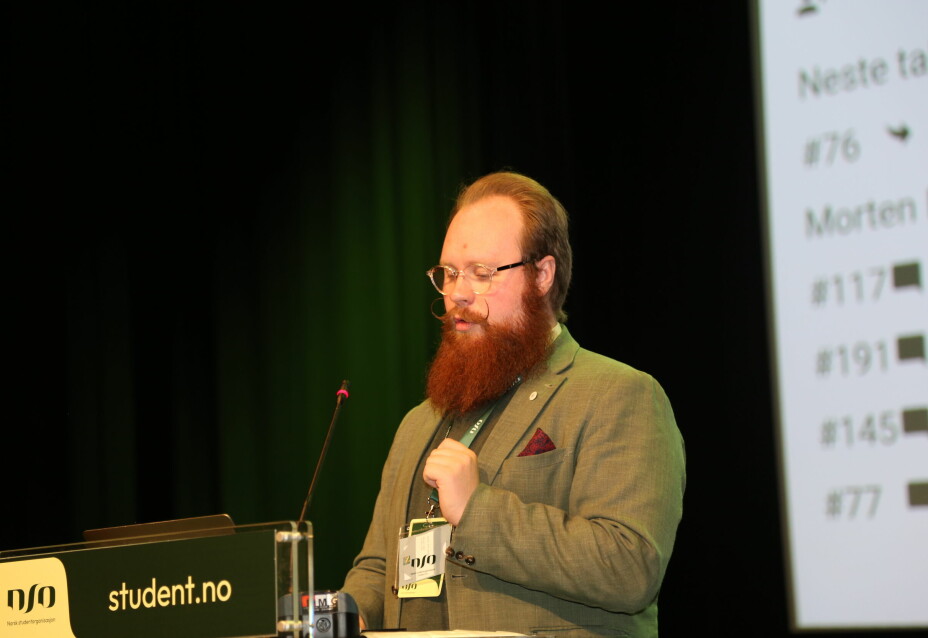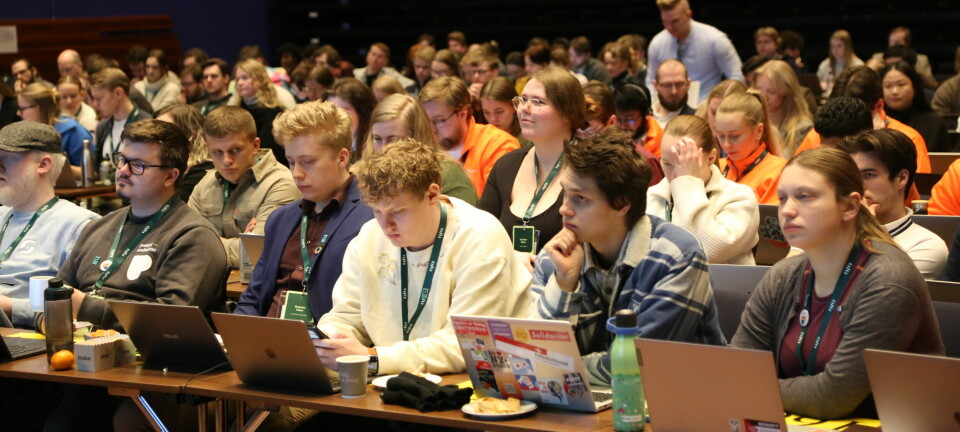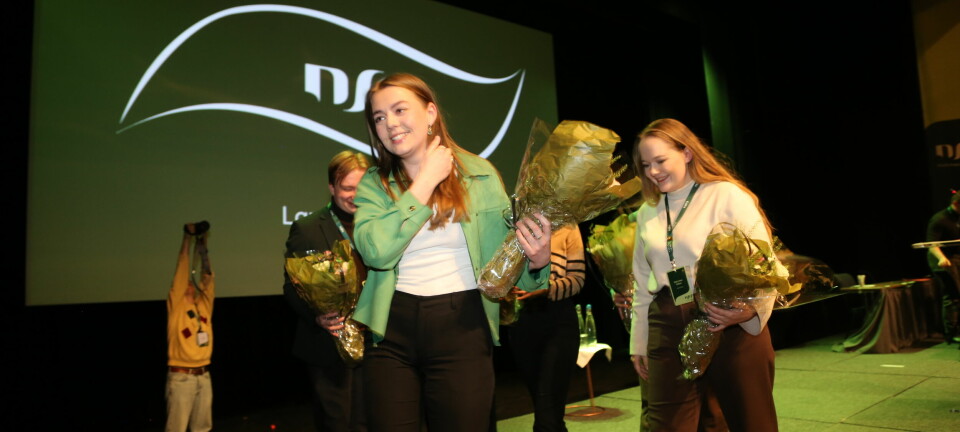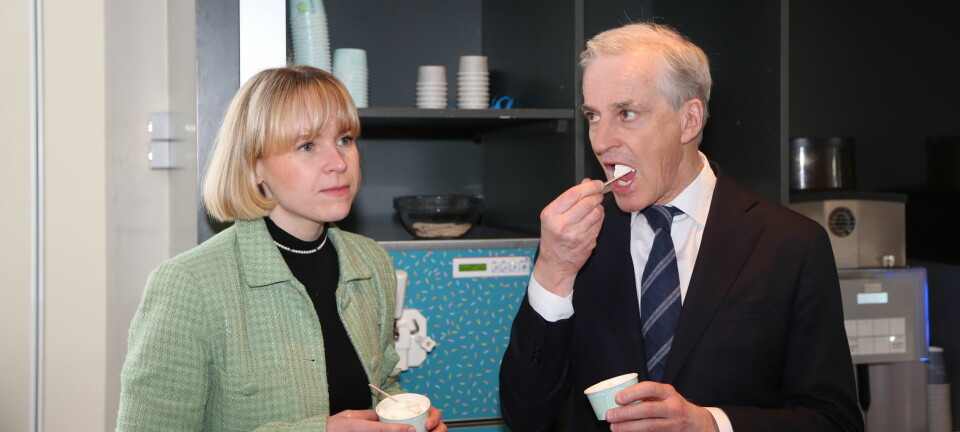"Involving employees has been central from Day One"
" Employee involvement and communications have been central goals from the first day of this process", dean at the SVT faculty Marit Reitan argues.
Marit Reitan assures that "the way forward for the reorganisation process at the faculty will now be discussed with the leaders of all departments and in the Faculty Board."
KRISTOFFER FURBERG
In a Letter to the Editor published in Universitetsavisa on 9 March 2015, a group of PhD candidates at the Department of Geography criticises the process of reorganising the department structure at the Faculty of Social Sciences and Technology Management. One part of their argument concerns the analyses which lie behind the proposal to merge a number of departments at the faculty. The other part of their argument is a critique of what they experience as a “flawed process of employee consultation”. In my response to their criticism, I will deal with their concerns regarding employee consultation.
The way forward for the reorganisation process at the faculty will now be discussed with the leaders of all departments and in the Faculty Board. The process will also be addressed in the light of changes in NTNU’s faculty structure which will be implemented when NTNU merges with three university colleges. The future faculty structure at NTNU will provide a framework for further discussions about the department structure at our faculty. I will do my best to let all our employees take part in those discussions.
An earlier UA interview with the dean in Norwegian
University Democracy
The PhD candidates at the Department of Geography raise questions of principle about employee involvement and employee participation in decision making processes within NTNU’s governance structure. A decision about department structure is made by the NTNU Board, based on a proposal made by the Faculty Board. This proposal is first dealt with in LOSAM, where the employer participates together with labour organisations and the safety representative. The framework for university democracy at NTNU is based on the governance regulations which have been passed by the NTNU Board. This is a form of governance that includes both democratic elements and a line organisational structure.
Employee Involvement
The question is therefore whether the process at the Faculty of Social Sciences and Technology Management has been satisfactory. Employee involvement and communications have been central goals from the first day of this process. When the work started, a project group was established with representatives from departments, labour organisations and the safety representative. The project group should contribute to reaching our goals for employee involvement and communications. Both the project group and the leaders of all departments have discussed the time schedule, employee involvement and communications numerous times, and the group has supported the organisation of the process.
In the two consultation rounds which have been accomplished, we have explicitly asked the different departments to describe how the process of employee involvement has been carried out, so that the project group could assure that employee involvement had been adequately achieved. I have participated in general meetings at all of our 11 departments, in addition to four general meetings for all employees at the faculty. In regards to the Department of Geography, I know that the department structure process has been discussed at several staff meetings.
International Students and Staff
In their criticism, the PhD candidates draw attention to the fact that English versions of the hearing invitations have not been made available. Consequently, they argue, employees who do not have Norwegian as their mother tongue have not been able to fully participate in the debate. I understand and support their argument, and we will take it into account in future processes. NTNU is an international working environment – this is our strength, and we must make sure that everybody is able to participate in internal processes. We also need discussions on how we can create meetings and communications channels within our organisation that enable us to communicate effectively with our employees, and which encourage the exchange of opinions. Maybe our general meetings could be improved on, and maybe we will have to think outside the box when it comes to establishing environments for employee participation which engage all our employees.
I agree that changes need legitimacy if they are to contribute to development and innovation. This should be our guide in all processes that involves NTNU.
Marit Reitan, Dean at the Faculty of Social Sciences and Technology Management

